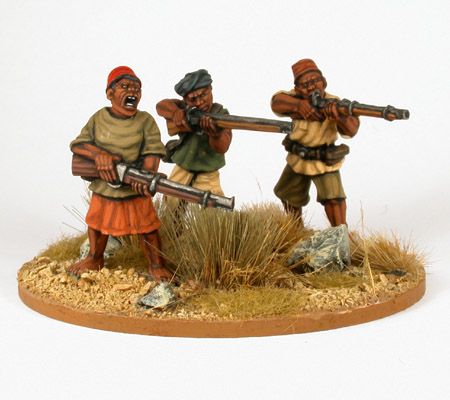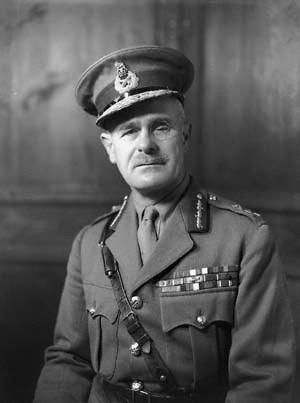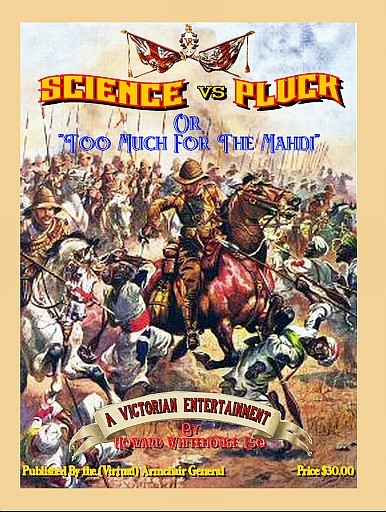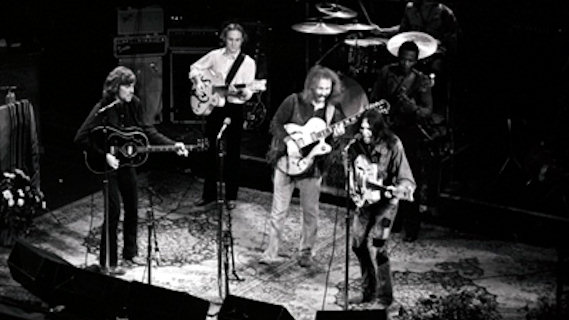Find it her on the Maximum Effort blog

Next week I hope to offer a review of Thompson's White War, followed by Behan's The Resistable Rise of Benito Mussolini. I think I might need a post after that to address certain contentious issues.


 Derk's Miniatures Blog
Derk's Miniatures Blog Napoleonic Hussar
Napoleonic Hussar



Another pic from my holidays in Northern Italy. The Risorgimento Museum in Genova holds an interesting object of Garibaldi's prodigious history.
Born in the big port of Genova in 1807, he rolled into a life in the merchant navy. But on a trip in the Black Sea in 1833, he met Italian revolutionary nationalists and was converted to the cause of Italian unification.
His involvement in revolutionary plots forced him to flee to South America, where he fought for Brasilian revolution and Uruguayan civil war. He returned to Italy for the 1848 revolts and the next year declared a short lived Roman Republic.
When these failed, Garibaldi again fled abroad, but he was back in time for the 1859-1866 campaigns of unification. His attempt to bring Rome under the Italian flag in 1867 failed.
He wasn't done fighting yet, because his last feat if arms was for the French Republic by the end of 1870. He led the Armee de les Vosges composed of (Italian) volunteers against the Prussians until Paris capitulated in January 1871.
Cool to find a flag of that army in the Risorgimento museum.
















On May 9th 1915, the monument was christened for the 1,000 redshirts that accompanied Garibaldi on his trip to Sicily in 1860, beginning the 'liberation' of Southern Italy.
I put liberation in quotations because it soon became clear that the replacement of the Bourbon dynasty with that of Savoy didn't make that much of a difference to the Apulians, Sicilians and Calabrians. For decades the new Italian army was involved in putting down the ongoing revolt in the south, and banditism continued well into the 20th century.
The opening ceremony stood in the light of the Italian intervention in WWI at the side of the Entente. Italy had been allied to Germany and Austria-Hungary since 1882 but now opportunistically threw its weight on the other side, claiming not only the Trentino, Friuli and Triëste, but large parts of the Dalmatian coast in the secret treaty with Great Britain and France.
Gabriele d'Annunzio, Italy's most famous poet was recalled from Paris to whip up public fervour for war. France paid off his debts so he wouldn't be arrested.
On May 9th he promised, demanded bloody sacrifice: 'Blessed are the merciful, for they shall have splendid blood to wipe away, radiant pain to bind up'.
I'd think d'Annunzio got what he wanted. By 1918 over 670,000 Italians had lost their lives.

Picked this one up in Levanto on Saturday in a huge stack of second hand books. Interesting to kniw how it ended up there.
This is the account of Sarrail's command of the Armee de l'Orient in Macedonia from late 1915 to spring 1918. Published in 1920.
Sarrail was reluctant to go there, as he had been relieved of his army command on the west front and this was obviously a side show. He demanded and got an army command, more troops and independence from the Brits.
The Carabinieri Genovese were formed in 1851 as a rifle association.
The club was heavily influenced by the desire for Italian unity and many members were involved in the failed 1857 plot in Milan, Garibaldi's Cacciatory delle Alpi in 1859 and the Mille that set sail for Sicily with Garibaldi in 1860.
The uniform is on display in the Risorgimento museum in Genova.
Another fine painting from the Wolfsonia collection in Nervi.
Close to the outbreak of WWII, this shows Mussolini at the helm (it's called 'Il Nocchiero').
I like it a lot, with the crazy references to barbed wire, but also airplanes and the map of Europe.
This painting from the Wolfsonia collection in Genova-Nervi shows how the Futurist obsession with movement and action perfectly fitted fascism.
It is hard to separate the ideas of Futurism, which are grotesque and become soiled with fascist ideology, from the products, which are beautiful.
I went back early this morning to Nervi, just to see this collection, because I think it's a brilliant combination of design objects, graphics and more conventional forms of art. The trip was well worth the trouble.
I had to rush back for the train to Levanto.
This bust is displayed at the Risorgimento museum in Genova.
It's an old school museum in transition, now having some multimedia displays.
Yet, it has an intreaguing collection because nationalists and revolutionaries Mazzini and Garibaldi had links to the city. Mazzini lived in the building for a while.
The museum doesn't expect non-Italians, I guess. There were few English texts and promotional material is only in Italian.
A painting by Alba Giuppone from 1942-3 called Donne in tempo di guerra from the Galeria d'Arte Moderne in Genova-Nervi.
Nervi, a former upper middle class sea resort near Genoa, houses some nice art museums.
The GAM holds a few works of Futurist and later fascist influence, but this on transcends political lines, I feel.
The S Matteo church was the private church of the Doria family, as can be seen from the eagle motives next to the door.
Inside is buried Andrea Doria, the legendary Genovese admiral, who led a coalition of Spain, Genoa, Venice and the Papacy to victory over the Turks in 1571 at Lepanto.
This momument was erected around 1890 in Tortona to commemorate those fallen in the Risorgimento battles.
The period spans from 1848 to 1867
.
The list of battlefields includes all those I knew and a few more: Milano, Santa
Lucia, Peschiera (1848) Novara (1849), Palestro, San Martino, Peschiera, Solferino (1859), Milazzo (1860), Custoza, Villafranca, Montesuello (1866) and one battle from 1867 which I can't decipher and can hardly imagine. Not sure whether there was much fighting in 1867, or maybe this guy died of his wounds.
In terms of lives, the 1859/60 campaign was the most costly: 27 lives were lost, of which 10 at Solferino. The 1848/49 war cost 10 lives, and the 1866 campaign 5.
Remarkably, there are three deaths credited to the Crimea in 1854/1855, possibly the Battle of the Chernaya, but equally likely deaths of disease. It is interesting to see the Italians reckoning their participation in the Crimean War so directly to the Risorgimento. A quid pro quo for French intervention in Italy in 1859.
Anyway, 45 deaths in 20 years was a considerable sacrifice for an agricultural community.